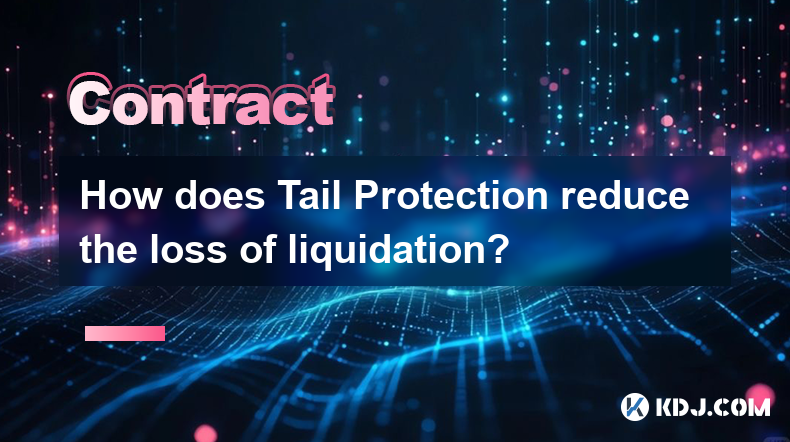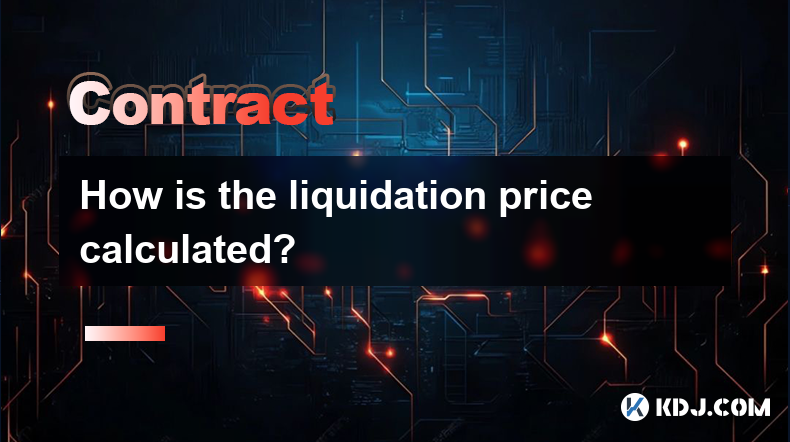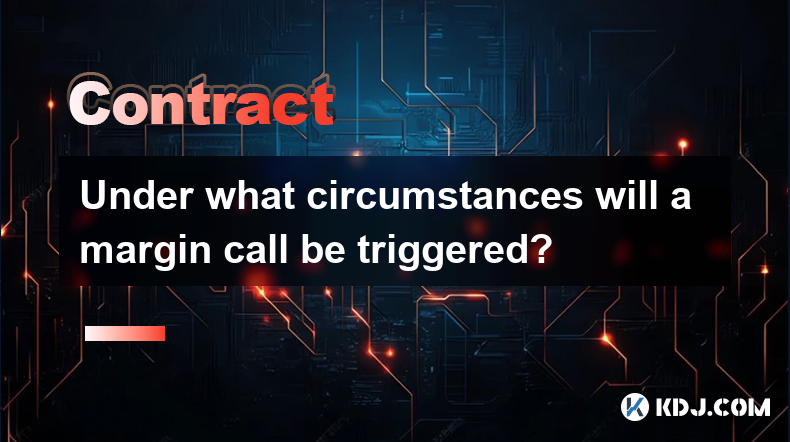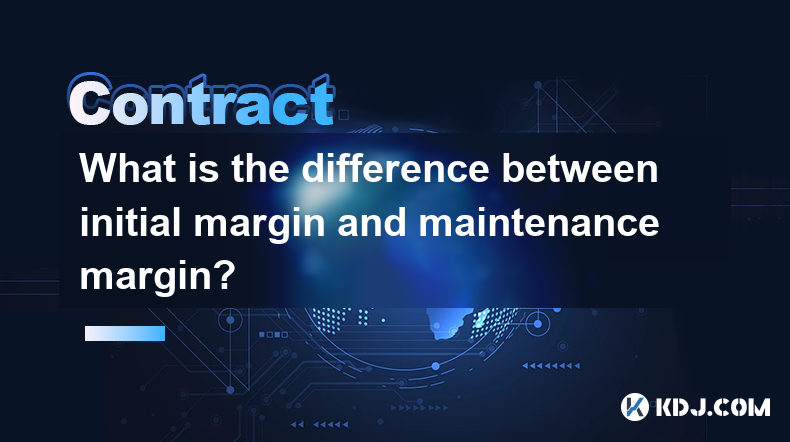-
 Bitcoin
Bitcoin $84,887.8886
1.15% -
 Ethereum
Ethereum $1,642.5421
4.46% -
 Tether USDt
Tether USDt $0.9997
0.02% -
 XRP
XRP $2.1371
3.96% -
 BNB
BNB $596.3744
1.16% -
 Solana
Solana $129.9399
7.55% -
 USDC
USDC $0.9998
-0.02% -
 Dogecoin
Dogecoin $0.1666
3.79% -
 TRON
TRON $0.2476
2.11% -
 Cardano
Cardano $0.6527
3.49% -
 UNUS SED LEO
UNUS SED LEO $9.3206
-0.73% -
 Chainlink
Chainlink $13.0892
2.57% -
 Avalanche
Avalanche $20.3596
4.93% -
 Stellar
Stellar $0.2450
4.18% -
 Sui
Sui $2.3183
3.47% -
 Toncoin
Toncoin $3.0155
1.09% -
 Shiba Inu
Shiba Inu $0.0...01256
2.60% -
 Hedera
Hedera $0.1720
1.61% -
 Bitcoin Cash
Bitcoin Cash $350.3078
11.67% -
 MANTRA
MANTRA $6.2812
-2.17% -
 Litecoin
Litecoin $78.8248
2.32% -
 Polkadot
Polkadot $3.7123
3.59% -
 Hyperliquid
Hyperliquid $16.2646
3.18% -
 Dai
Dai $1.0002
0.02% -
 Bitget Token
Bitget Token $4.3865
1.15% -
 Pi
Pi $0.7345
20.70% -
 Ethena USDe
Ethena USDe $0.9990
0.03% -
 Monero
Monero $205.5954
0.29% -
 Uniswap
Uniswap $5.5522
4.97% -
 OKB
OKB $53.6736
0.54%
How to judge the market trend by the position volume?
Position volume, reflecting open long and short positions, helps traders gauge market sentiment and trends, enhancing decision-making in cryptocurrency trading.
Apr 11, 2025 at 02:29 pm

Understanding how to judge the market trend by position volume is crucial for any cryptocurrency trader. Position volume, which refers to the total number of open positions in a particular cryptocurrency, can provide valuable insights into market sentiment and potential price movements. By analyzing this data, traders can make more informed decisions about when to enter or exit the market. In this article, we will explore the various ways to interpret position volume and how it can be used to gauge market trends effectively.
Understanding Position Volume
Position volume is a key metric that reflects the total number of open long and short positions in a cryptocurrency at any given time. This data is often provided by cryptocurrency exchanges and can be accessed through trading platforms or third-party analytics tools. By examining the position volume, traders can gain insights into the overall market sentiment and the balance between bullish and bearish positions.
To access position volume data, traders can follow these steps:
- Log into your trading platform or exchange account.
- Navigate to the market data or analytics section.
- Look for the position volume or open interest data for the cryptocurrency you are interested in.
Analyzing Long and Short Position Volumes
One of the primary ways to judge market trends using position volume is by analyzing the ratio of long to short positions. Long positions represent bets on the price of a cryptocurrency increasing, while short positions are bets on the price decreasing. A higher number of long positions compared to short positions may indicate a bullish market sentiment, suggesting that the market trend could be upward. Conversely, a higher number of short positions may signal a bearish market sentiment, indicating a potential downward trend.
To analyze the long and short position volumes, traders can:
- Compare the total number of long positions to the total number of short positions.
- Calculate the ratio of long to short positions to determine the market sentiment.
- Monitor changes in this ratio over time to identify shifts in market trends.
Identifying Market Sentiment Shifts
Changes in position volume can also help traders identify shifts in market sentiment. Sudden increases in long position volume may indicate growing optimism among traders, suggesting that a bullish trend could be forming. On the other hand, sudden increases in short position volume may signal growing pessimism, indicating a potential bearish trend.
To identify market sentiment shifts using position volume, traders should:
- Monitor daily or hourly changes in position volume data.
- Look for significant spikes or drops in long or short position volumes.
- Correlate these changes with price movements to confirm potential trend shifts.
Using Position Volume to Confirm Price Trends
Position volume can also be used to confirm price trends. When a cryptocurrency's price is rising, and there is a corresponding increase in long position volume, this can confirm a bullish trend. Similarly, if the price is falling and there is an increase in short position volume, this can confirm a bearish trend. By aligning position volume data with price movements, traders can gain more confidence in their trend analysis.
To use position volume to confirm price trends, traders should:
- Track the price movements of the cryptocurrency.
- Compare these price movements with changes in long and short position volumes.
- Look for alignment between rising prices and increasing long positions, or falling prices and increasing short positions.
Detecting Potential Reversals
Position volume can also help traders detect potential market reversals. Divergences between price movements and position volume can be a warning sign of an impending reversal. For example, if the price of a cryptocurrency is rising, but the long position volume is decreasing, this could indicate that the bullish trend is losing steam and a reversal might be imminent. Similarly, if the price is falling, but the short position volume is decreasing, this could signal that the bearish trend is weakening.
To detect potential reversals using position volume, traders should:
- Monitor for divergences between price movements and position volume.
- Look for instances where the price is moving in one direction, but the corresponding position volume is moving in the opposite direction.
- Use these divergences as signals to prepare for potential trend reversals.
Combining Position Volume with Other Indicators
While position volume is a powerful tool for judging market trends, it is most effective when combined with other technical indicators. Moving averages, relative strength index (RSI), and volume can all provide additional context to the insights gained from position volume data. By integrating these indicators, traders can develop a more comprehensive understanding of market trends and make more informed trading decisions.
To combine position volume with other indicators, traders can:
- Use moving averages to identify long-term trends and confirm position volume signals.
- Apply the RSI to gauge the strength of price movements and validate position volume trends.
- Analyze trading volume alongside position volume to understand the intensity of market participation.
Frequently Asked Questions
Q: Can position volume be used to predict market trends accurately?
A: While position volume can provide valuable insights into market sentiment and potential trends, it should not be used as the sole predictor of market movements. It is most effective when combined with other technical indicators and fundamental analysis to form a more complete picture of the market.
Q: How often should I check position volume data?
A: The frequency of checking position volume data depends on your trading strategy. For short-term traders, monitoring position volume on an hourly or daily basis can be beneficial. Long-term traders may find it sufficient to check position volume data on a weekly or monthly basis.
Q: Are there any tools that can help me analyze position volume more effectively?
A: Yes, several trading platforms and third-party analytics tools offer advanced features for analyzing position volume. Some popular tools include TradingView, CoinGlass, and CryptoQuant, which provide detailed position volume data and customizable charts to help traders make more informed decisions.
Q: Can position volume data be manipulated by large traders or exchanges?
A: While it is possible for large traders or exchanges to influence position volume data to some extent, reputable exchanges and platforms have measures in place to prevent manipulation. It is important for traders to use data from trusted sources and to cross-reference position volume data with other market indicators to minimize the impact of potential manipulation.
Disclaimer:info@kdj.com
The information provided is not trading advice. kdj.com does not assume any responsibility for any investments made based on the information provided in this article. Cryptocurrencies are highly volatile and it is highly recommended that you invest with caution after thorough research!
If you believe that the content used on this website infringes your copyright, please contact us immediately (info@kdj.com) and we will delete it promptly.
- Toncoin [TON] Could Be on the Verge of a Rebound as Key Technical and On-chain Metrics Flashed Bullish Signals
- 2025-04-13 03:00:14
- BlockDAG (BDAG) Promises 3932% ROI in 2025, Outpacing Litecoin and Avalanche
- 2025-04-13 03:00:14
- 4 Best Cryptos to Buy Today: BlockDAG, BNB, XRP, and Toncoin
- 2025-04-13 02:55:13
- It’s Been an Exceptionally Volatile Week, but One Measure May Be Signaling Longer-Term Bullish Sentiment for Bitcoin
- 2025-04-13 02:55:13
- Popcat (POPCAT) Stages a Strong Comeback as Investors Buy the Dip and Exchange Reserves Drop
- 2025-04-13 02:50:13
- Bathed in the effervescent glow of the cryptocurrency market
- 2025-04-13 02:50:13
Related knowledge

How does Tail Protection reduce the loss of liquidation?
Apr 11,2025 at 01:50am
Introduction to Tail Protection in CryptocurrencyTail Protection is a mechanism designed to mitigate the risks associated with liquidation in cryptocurrency trading. Liquidation occurs when a trader's position is forcibly closed by the exchange due to insufficient margin to cover potential losses. This often happens in leveraged trading, where traders b...

How to judge the market trend by the position volume?
Apr 11,2025 at 02:29pm
Understanding how to judge the market trend by position volume is crucial for any cryptocurrency trader. Position volume, which refers to the total number of open positions in a particular cryptocurrency, can provide valuable insights into market sentiment and potential price movements. By analyzing this data, traders can make more informed decisions ab...

Why does a perpetual contract have no expiration date?
Apr 09,2025 at 08:43pm
Perpetual contracts, also known as perpetual futures or perpetual swaps, are a type of derivative product that has gained significant popularity in the cryptocurrency market. Unlike traditional futures contracts, which have a fixed expiration date, perpetual contracts do not expire. This unique feature raises the question: why does a perpetual contract ...

How is the liquidation price calculated?
Apr 12,2025 at 01:35am
Introduction to Liquidation PriceLiquidation price is a critical concept in the world of cryptocurrency trading, particularly when dealing with leveraged positions. Understanding how this price is calculated is essential for traders to manage their risk effectively. The liquidation price is the point at which a trader's position is forcibly closed by th...

Under what circumstances will a margin call be triggered?
Apr 08,2025 at 02:43pm
Margin trading in the cryptocurrency market allows traders to borrow funds to increase their trading position, potentially amplifying both gains and losses. A critical aspect of margin trading is understanding when a margin call might be triggered, as it can significantly impact your trading strategy and financial health. In this article, we will explor...

What is the difference between initial margin and maintenance margin?
Apr 11,2025 at 01:14pm
In the world of cryptocurrency trading, understanding the concepts of initial margin and maintenance margin is crucial for managing risk and maximizing potential returns. These terms are fundamental to margin trading, a practice that allows traders to borrow funds to increase their trading position. Let's delve into the differences between initial margi...

How does Tail Protection reduce the loss of liquidation?
Apr 11,2025 at 01:50am
Introduction to Tail Protection in CryptocurrencyTail Protection is a mechanism designed to mitigate the risks associated with liquidation in cryptocurrency trading. Liquidation occurs when a trader's position is forcibly closed by the exchange due to insufficient margin to cover potential losses. This often happens in leveraged trading, where traders b...

How to judge the market trend by the position volume?
Apr 11,2025 at 02:29pm
Understanding how to judge the market trend by position volume is crucial for any cryptocurrency trader. Position volume, which refers to the total number of open positions in a particular cryptocurrency, can provide valuable insights into market sentiment and potential price movements. By analyzing this data, traders can make more informed decisions ab...

Why does a perpetual contract have no expiration date?
Apr 09,2025 at 08:43pm
Perpetual contracts, also known as perpetual futures or perpetual swaps, are a type of derivative product that has gained significant popularity in the cryptocurrency market. Unlike traditional futures contracts, which have a fixed expiration date, perpetual contracts do not expire. This unique feature raises the question: why does a perpetual contract ...

How is the liquidation price calculated?
Apr 12,2025 at 01:35am
Introduction to Liquidation PriceLiquidation price is a critical concept in the world of cryptocurrency trading, particularly when dealing with leveraged positions. Understanding how this price is calculated is essential for traders to manage their risk effectively. The liquidation price is the point at which a trader's position is forcibly closed by th...

Under what circumstances will a margin call be triggered?
Apr 08,2025 at 02:43pm
Margin trading in the cryptocurrency market allows traders to borrow funds to increase their trading position, potentially amplifying both gains and losses. A critical aspect of margin trading is understanding when a margin call might be triggered, as it can significantly impact your trading strategy and financial health. In this article, we will explor...

What is the difference between initial margin and maintenance margin?
Apr 11,2025 at 01:14pm
In the world of cryptocurrency trading, understanding the concepts of initial margin and maintenance margin is crucial for managing risk and maximizing potential returns. These terms are fundamental to margin trading, a practice that allows traders to borrow funds to increase their trading position. Let's delve into the differences between initial margi...
See all articles























































































